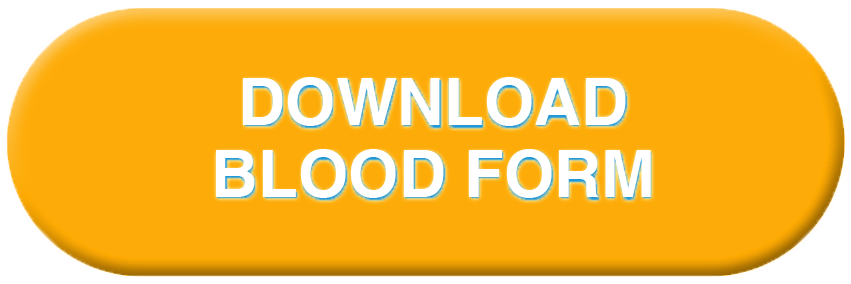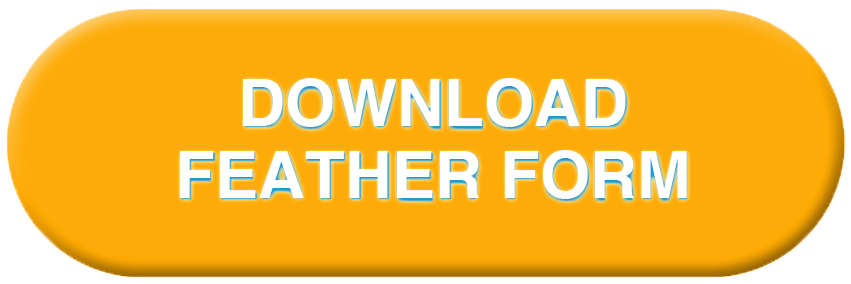Avian DNA Sexing
From £19
Order Now!Unsure whether your bird is male or female? Having trouble finding it out? Uncovering the gender of your bird has never been easier with avian DNA sexing. Starting at just we can establish with scientific certainty whether the bird tested is male or female.
We test a minimum of 5 birds using blood or feather samples. The price per bird is £19.
We cannot test all bird breeds known. Kindly state the bird breed you are testing on the forms you send back to us.
Science behind the test
Our avian sex test uses a process of DNA replication and amplification known as PCR, polymerase chain reaction. PCR has huge advantages over other more traditional methods of DNA analysis – one of the main advantages is the fact that we can analyse very small amounts of sample. In birds, females are the heterogametic sex, as females have one Z and one W chromosome (ZW) and can therefore produce two types of gametes. By contrast, males are ZZ and can produce only one type of gamete (homogametic)—the Z-bearing sperm.
Based upon the analysis of the chromosomes present in the sample, we can establish whether birds tested are male or female.


Sample Collection
Please Note: sample collection kits and instructions for the Avian DNA Sexing are sent by email and require a printer to print them before use. If you do not have access to a printer, please contact us for a quote for sending a kit by post.
Our test is simple. A sample of your bird’s DNA is to be collected and analyzed in the laboratory. You can send blood samples or feather samples. Sample collection can be done in the comfort of your own home; however we do recommend getting a capable bird handler to collect samples so as not to agitate the bird during this process. Smaller breeds of birds (eg. Canaries, Finches, Budgies) tend to fright easily and the stress and agitation of being handled may kill them. The handler might also be harmed if the bird reacts aggressively to being handled.
You can either collect blood or feather samples. Neither one is more accurate than the other. The two types of samples are virtually identical with regards to accuracy. Below are the steps you are to take in order to successfully carry out the collection of feather or blood samples.
Feather
- Around 5 feathers are to be collected from the bird’s chest. Naturally shed feathers will not provide viable DNA, so these are not to be collected as samples.
- Check each feather to see that you have also collected the feather tip (the white part which is attached to the bird’s skin) and try not to touch this part, as it contains the tissue where the DNA is found.
- Place feathers in a clean zip lock bag, and make sure to not mix the feathers of different birds together. Label the bags clearly.
- Fill out submission forms.
- Send samples for testing.
Blood
- Wash your hands and disinfect bird’s nail with an alcohol wipe or surgical spirit.
- Clip the bird’s nail with a sanitized toe nail clipper at the right point (about 2/3 away from the toe). Clipping too high might hurt the bird. Gently apply pressure to the nail if no blood comes out.
- Blot the blood drop with a blood card.
- To stop blood flow, sanitize the area that has been clipped with blood clotting powder. Ensure that blood flow has stopped before the bird return to its cage.
- Let the blood sample dry and send to laboratory.








